It was found that total testosterone begins to decline in men in the age of 50─55 years, by 0.8─1.6% per year, while the bioactive (free) testosterone decreased from 30─35 years at a rate of 2─3% per year.
According to the Mayo Clinic information, however, man's testosterone level can drop as much as 50 percent by the age of 70. The problem of reducing testosterone levels with age is one of the most urgent in medicine, and became the main subject of the Fifth World Congress in Salzburg, which was devoted to the men aging problems.
At the moment, it is well established that the man's body enters a state of andropause with the passage of age, similar to the female menopause.
Anabolic steroids for the elderly people
The clinical picture of andropause
Testosterone deficiency leads to violations of virtually all systems and tissues. The clinical picture of testosterone deficiency is usually described by bad memory, reduced concentration, and lost mental alertness.
Such a patient is usually described as a man with dull eyes, head and shoulders down, with sluggish muscles, the belly increased in size, chest is becoming to look like women's. Because of testosterone low levels bones are more brittle, skin becomes thin and dries.
A man is less concerned with the joy of communication with the opposite sex: libido is fading, sexual possibilities are reduced, the fears and depression are appearing. It is logical to assume that these symptoms can occur as a result of other diseases, which is why it is necessary to receive confirmation by measuring testosterone levels and other hormones and proteins which are involved in the metabolism.
The main signs and symptoms of andropause:
Urinary disorders:
- decreased libido and erectile dysfunction
- decreased ability to fertilize
- frequent urination
Vegetative-vascular disorders:
- sudden flushing of face, neck, upper part of body
- hot flashes
- blood pressure fluctuations
- precordialgia
- dizziness
- short of breath feeling
Psycho-emotional disorders:
- increased irritability
- fatigue
- memory and attention weakening
- insomnia
- depression
- reduction in the overall well-being and health
Somatic disorders:
- reducing of the muscle mass and strength amount
- brittle bones
- gynecomastia
- obesity
- androgen-dependent hair reduction
- skin thinning and degeneration
Andropause age
The probability of andropause occurrence increases with age. We have the following age men stats in the phase of ensuing andropause:
|
Age |
Andropause |
|
40-49 years |
2-5% |
|
50-59 years |
6-40% |
|
60-69 years |
20-45% |
|
70-79 years |
34-70% |
| Over 80 |
90% |
Anabolic steroids side effects in the elderly age
Tumors and diseases of the cardiovascular system
For older athletes the risk of hypertension, atherosclerosis, myocardial ischemia and cancers (of prostate, breast, colon, etc.) is much higher and it increases with age.
Tumor and prostate hypertrophy
The use of inhibitors of 5-alpha-reductase is highly effective in benign prostatic hyperplasia (BPH). Because of this, it was suggested as the possible negative impact of exogenous androgens on the prostate gland. Simultaneously, it was observed that these diseases occur most often in the elderly age due to lower levels of androgens.
Alopecia (baldness)
Hair loss on the head is also associated with the DHT increase, thus a combinated finasteride therapy can effectively prevent hair loss.
Suppression of testosterone secretion
It is known that when using androgens, the suppression of testicular's endocrine function and spermatogenesis because of a negative reverse mechanism is possible. This effect is especially marked after prolonged use of anabolic steroids in high dosages.
Testicular atrophy
Testicular atrophy and desensitization may develop because of gonadotropin secretion suppressing with a reverse mechanism during long-term use of anabolic steroids. In other words, if the injection of exogenous drug is terminated, the testicles do not restore the ability to secrete their own testosterone. It's not relevant after the andropause beginning. Before the andropause, the long courses must be accompanied by the gonadotropin use.
Erythremia
Testosterone therapy often leads to hematocrit increasing above physiological values because of constant stimulation of erythropoiesis (it is associated with increased production of erythropoietin under the influence of androgens).
Most authors recommend reducing the dose of the drug when the hematocrit is above 51% and the elimination of the drug at the rate more than 54%. It is noted a sharp increase of the hematocrit level during courses with relatively low doses of testosterone in elderly people. Hematocrit increase is especially expressed when androgen therapy occurs in patients with chronic lung diseases.
Hematocrit level usually returns to normal when you stop taking the drug.
Atherosclerosis
A controversial issue is the impact of exogenous androgens on the blood lipids. Traditionally, it is believed that an increased risk of atherosclerosis and coronary heart disease development in men compared to women of reproductive age, is related to the negative impact of androgens on the lipid profile. Nevertheless, several studies have shown that testosterone prescription leads to lower levels of atherogenic LDL and VLDL at a relatively constant level of anti-atherogenic HDL.
Other side effects and complications
Rare complications of androgen - replaced therapy is fluid retention in the body, a physiological appetite increase, tendency to thrombosis. In connection with the latter side effect it is recommended to carefully prescribe testosterone to men with recent surgery and trauma. Accumulation of fluid can be removed with aromatase inhibitors.
Courses for elderly
Testosterone drugs are the main drugs for androgen-replaced therapy in men. Nowadays, the drugs for oral, injectable, and transdermal applications are widely developed. Currently C17 alkylated testosterone drugs (methyltestosterone), which have toxic and carcinogenic effects on the liver when taken orally, are substantially eliminated from use. The growth hormone is gaining popularity , it is able to rejuvenate the skin, and strength joints and ligaments.
New products
Such medical form as testosterone patch is gaining popularity; it is attached to the skin and ensures a constant supply of the drug in the blood.

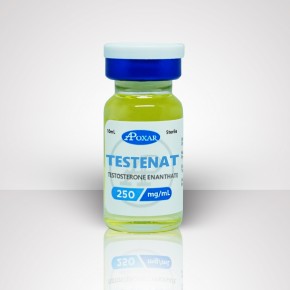
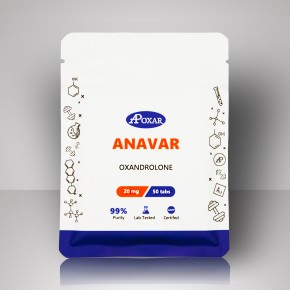
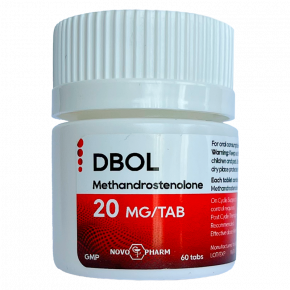
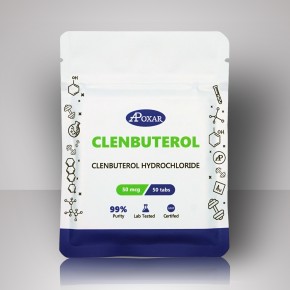

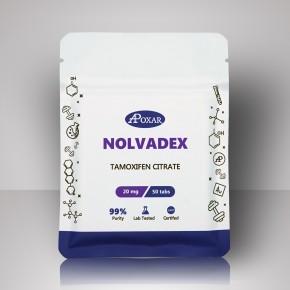
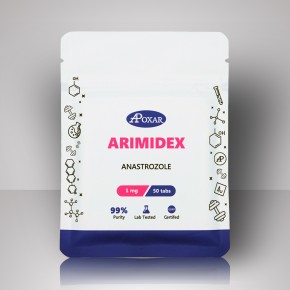
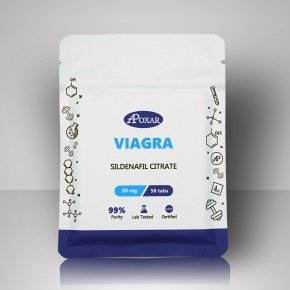
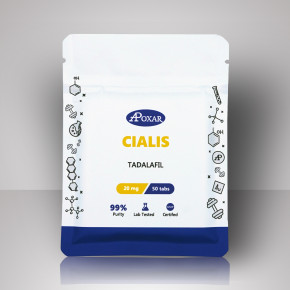

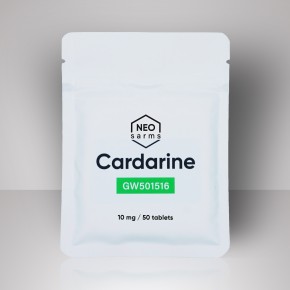
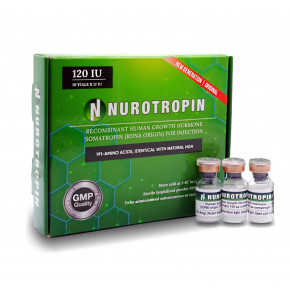
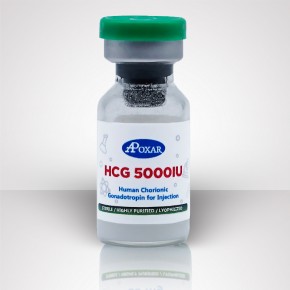


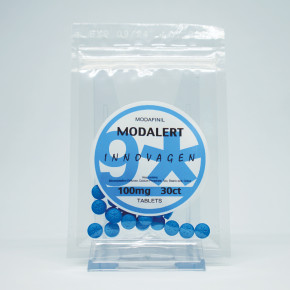


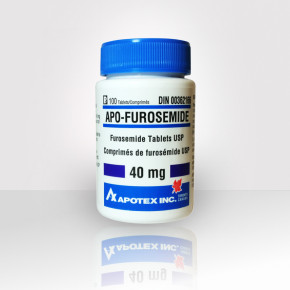
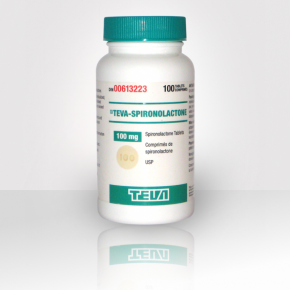

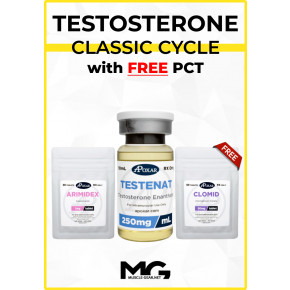

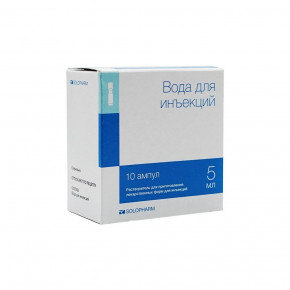

 Proudly Serving Canadians Since 2012
Proudly Serving Canadians Since 2012